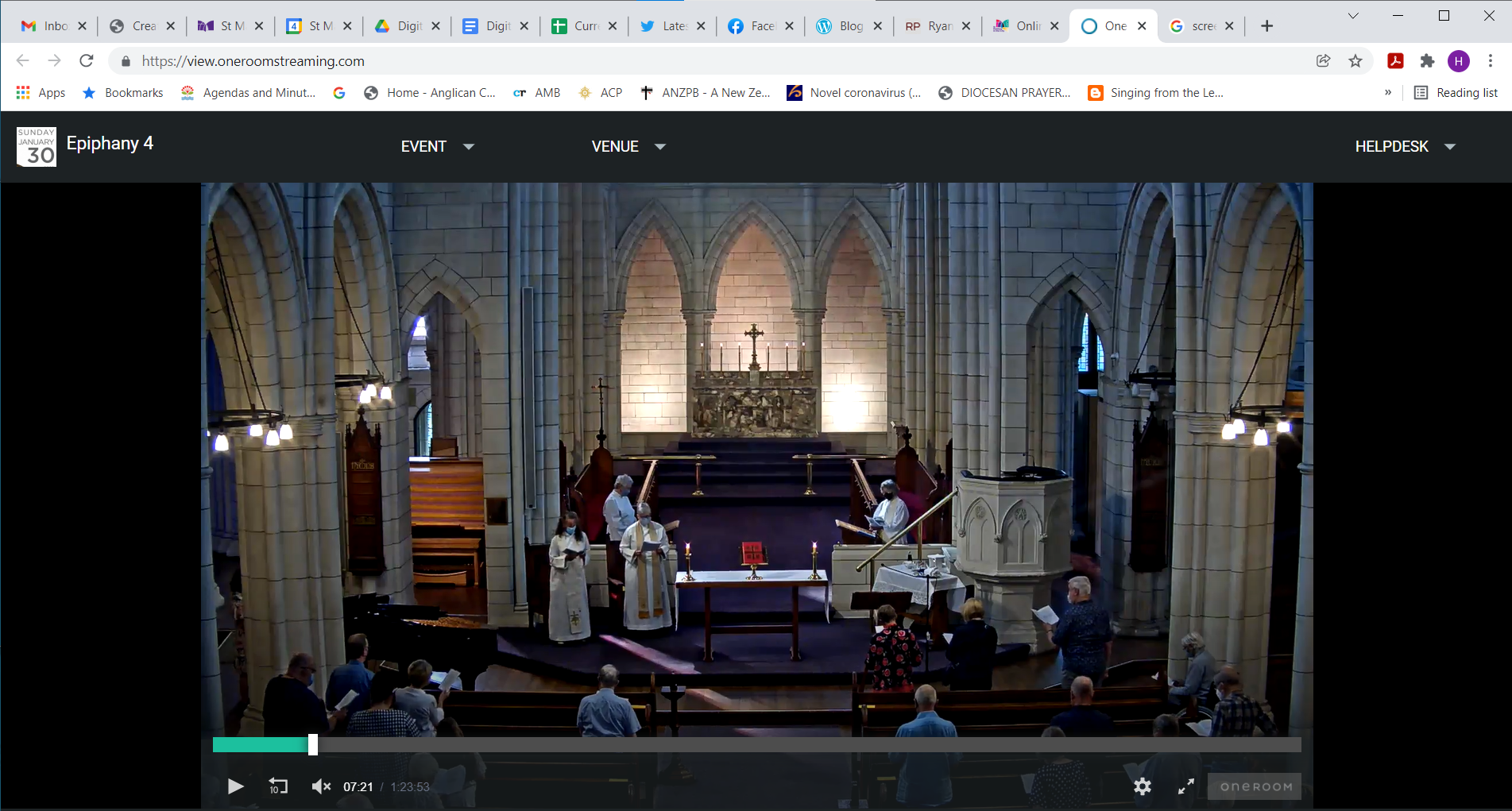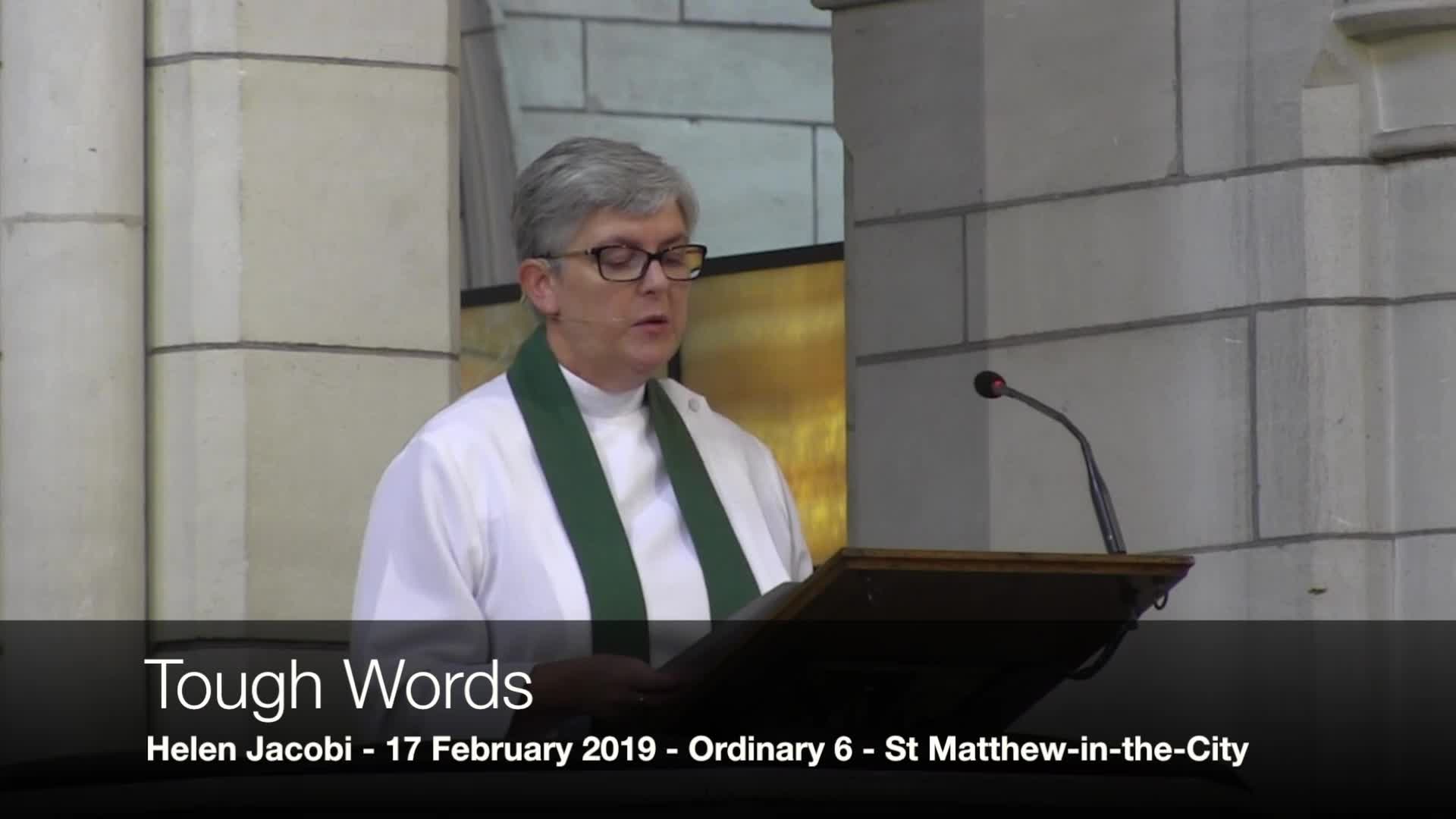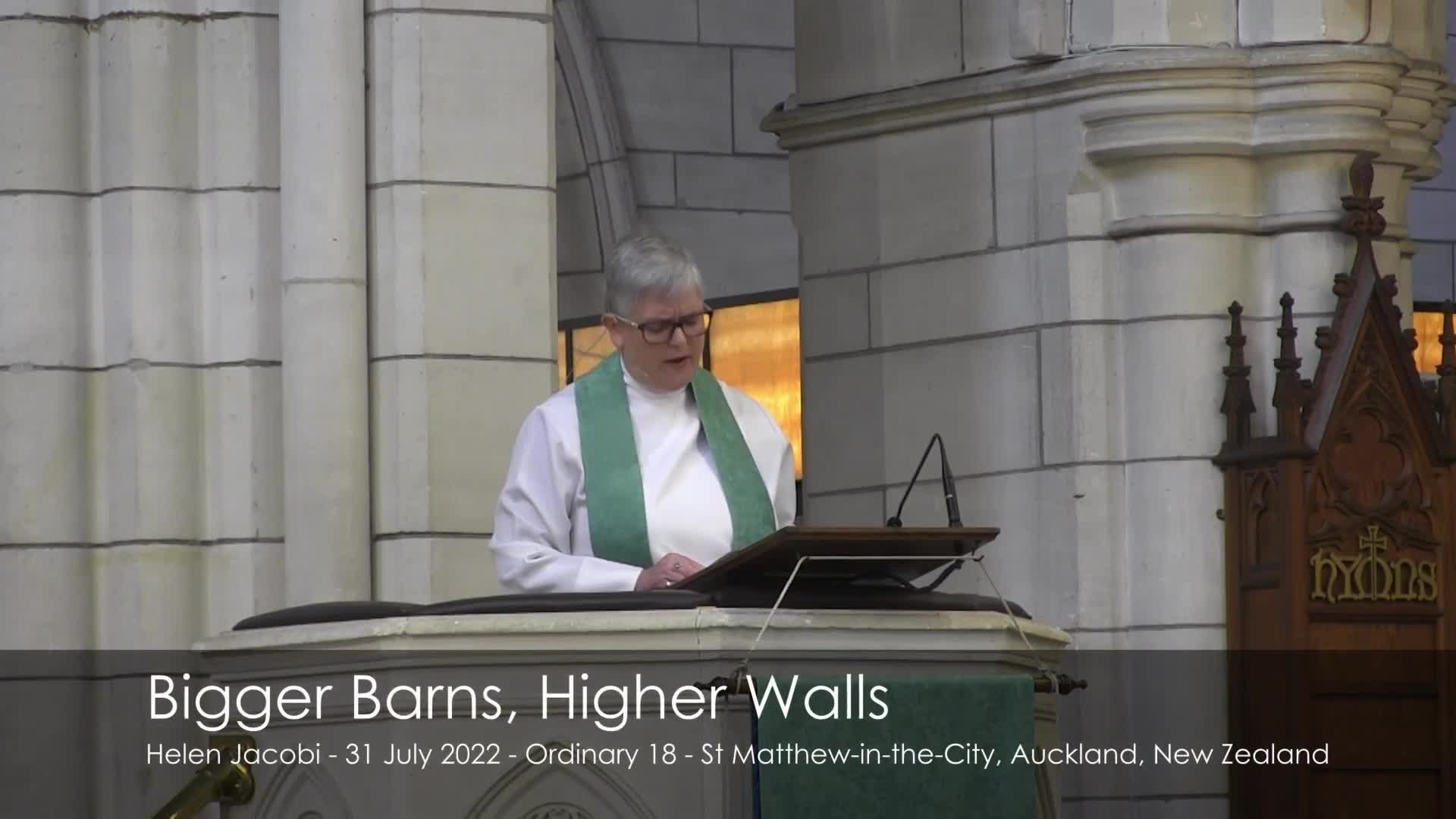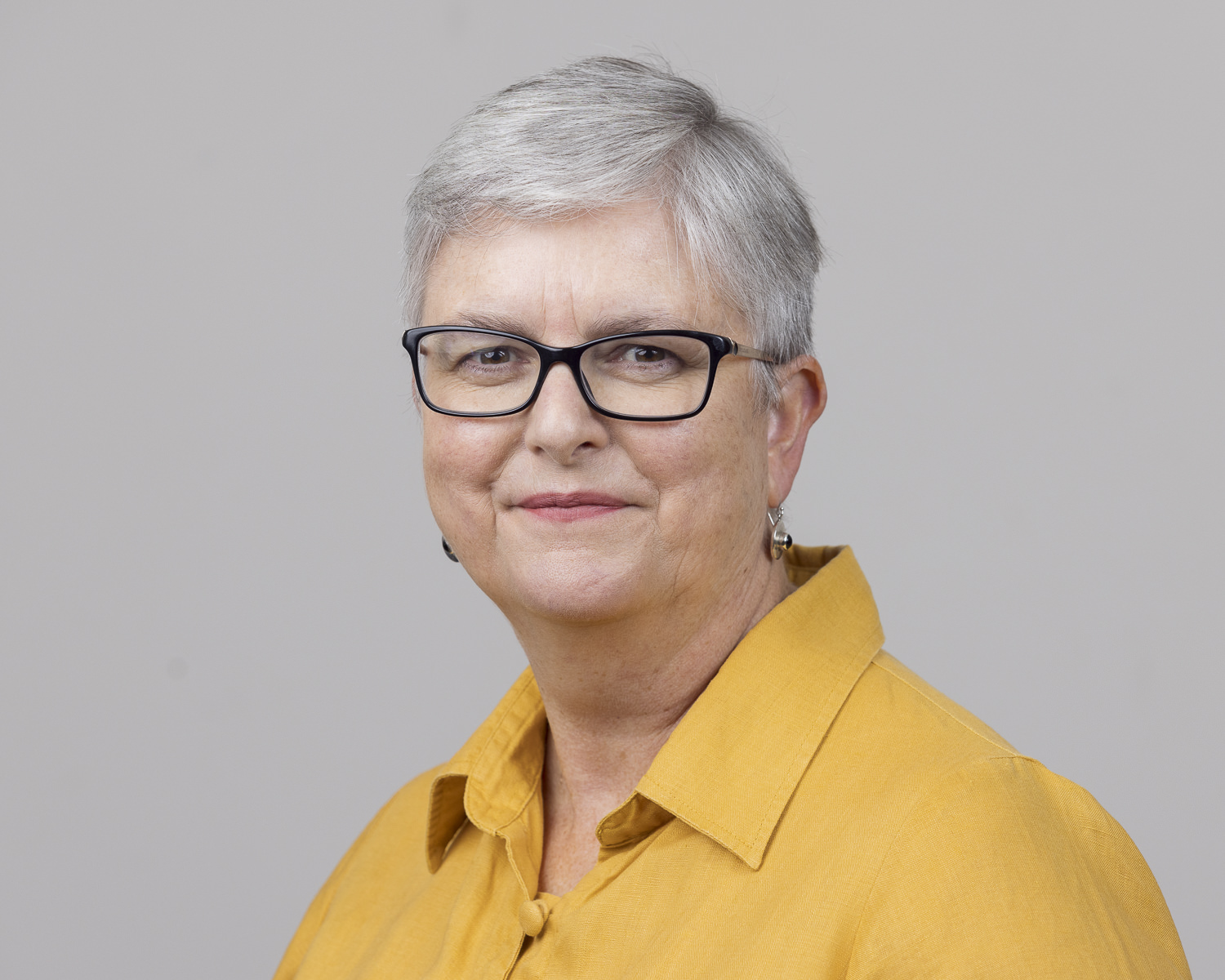
Home
Heritage
The St Matthew's Altar Cross
The story of St Matthew's altar cross


Hybrid worship

Faithfulness

Breaking the Silence

Tough Words

Lambeth Woes: Bigger barns, Higher Walls

Unlearning for creation’s sake

Reflecting on the music written for Lent

Media interviews
